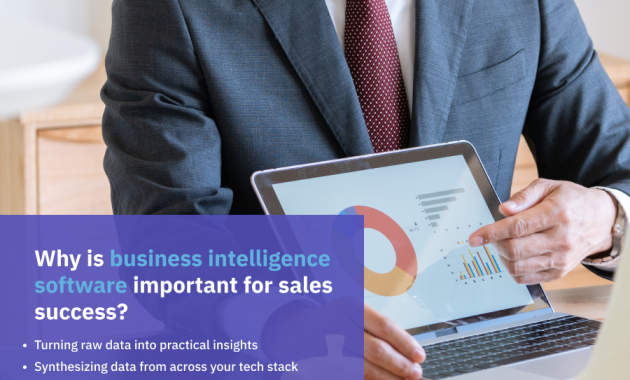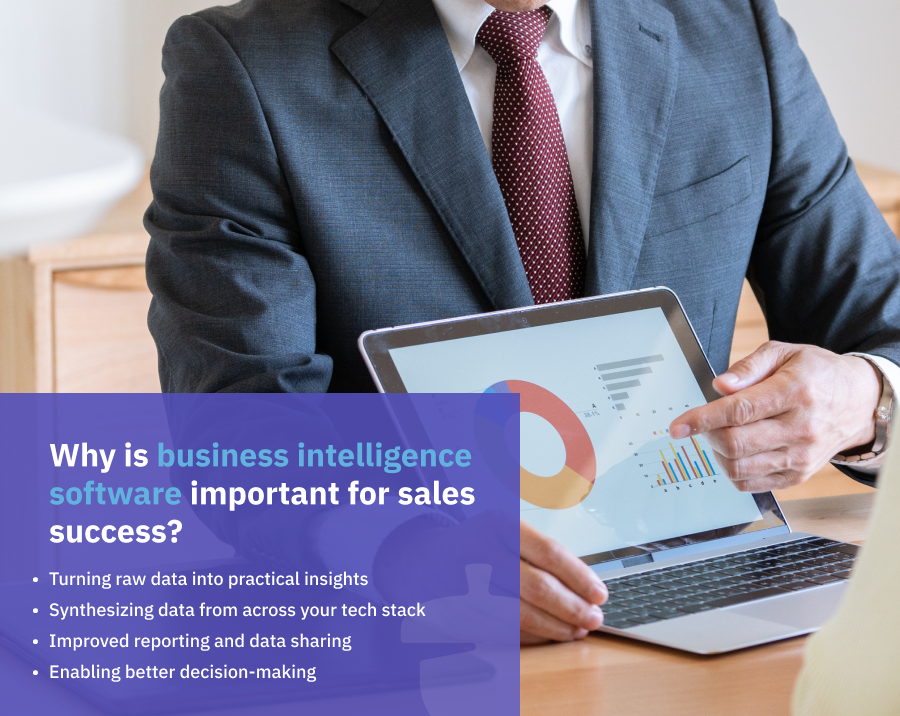
Essential Tips You Should Know About Business Intelligence Software
In today’s data-driven world, businesses are constantly seeking ways to gain a competitive edge. One of the most powerful tools at their disposal is business intelligence (BI) software. This software empowers organizations to collect, analyze, and interpret vast amounts of data, leading to informed decision-making and improved performance. However, navigating the landscape of BI software can be challenging. This article provides essential tips you should know about business intelligence software to help you make the right choices and maximize its benefits.
Understanding the Fundamentals of Business Intelligence Software
Before diving into specific tips, it’s crucial to understand what business intelligence software is. Essentially, it’s a technology-driven process for analyzing data and presenting actionable insights. It encompasses a range of tools and applications, including data warehousing, data mining, online analytical processing (OLAP), and reporting. The primary goal is to transform raw data into meaningful information that can be used to guide strategic and operational decisions.
Business intelligence software can be used across various departments, from sales and marketing to finance and operations. It enables businesses to:
- Identify trends and patterns.
- Track key performance indicators (KPIs).
- Improve operational efficiency.
- Make data-backed decisions.
- Gain a deeper understanding of customers.
Choosing the Right Business Intelligence Software: Key Considerations
Selecting the appropriate business intelligence software is a critical decision. It can significantly impact the success of your data analysis initiatives. Here are some key considerations:
Define Your Business Needs
The first step is to clearly define your business objectives and the data you need to analyze. What questions do you want to answer? What KPIs are essential to track? Understanding your needs will guide your software selection process. Consider the specific departments that will use the software and their individual requirements.
Assess Your Data Sources
Identify the sources of your data. Where is it stored? Is it in databases, spreadsheets, or cloud-based applications? Ensure that the BI software you choose can connect to all your data sources and integrate the data seamlessly. Data integration capabilities are paramount for accurate and comprehensive analysis.
Evaluate User Experience and Interface
The user interface is crucial for adoption and usability. The software should be intuitive and easy to navigate, even for users with limited technical expertise. Look for features like drag-and-drop functionality, interactive dashboards, and customizable reports. A user-friendly interface will encourage widespread use and maximize the value of the software.
Consider Scalability and Flexibility
Your business needs will likely evolve over time. Choose business intelligence software that can scale to accommodate growing data volumes and changing requirements. Consider the software’s ability to integrate with new data sources and adapt to future business needs. Flexibility is key to long-term success.
Analyze the Features and Capabilities
Different business intelligence software solutions offer varying features. Some key features to consider include data visualization, data mining, predictive analytics, and reporting. Evaluate the features that align with your specific needs and ensure the software provides the functionalities you require. [See also: Comparing BI Software Features]
Assess Deployment Options
Business intelligence software can be deployed on-premises, in the cloud, or as a hybrid solution. Cloud-based solutions offer greater flexibility and scalability, while on-premises solutions provide more control over data. Evaluate the pros and cons of each deployment option based on your budget, IT infrastructure, and security requirements.
Evaluate the Cost and Return on Investment (ROI)
The cost of business intelligence software can vary significantly. Consider the initial purchase price, ongoing maintenance costs, and the cost of training and support. Assess the potential ROI by estimating the benefits, such as improved efficiency, reduced costs, and increased revenue. A clear understanding of the cost and ROI will help you justify your investment.
Check for Integration Capabilities
Your business intelligence software should integrate with other business systems, such as CRM (Customer Relationship Management) and ERP (Enterprise Resource Planning). Seamless integration allows for data to be shared across different platforms, providing a comprehensive view of your business operations. This integration enhances the value of the BI solution.
Maximizing the Value of Business Intelligence Software: Best Practices
Once you’ve selected your business intelligence software, it’s essential to implement best practices to maximize its value:
Prioritize Data Quality
Data quality is paramount. Ensure the accuracy and completeness of your data. Implement data validation processes to identify and correct errors. Regularly clean and maintain your data to ensure reliable insights. Poor data quality leads to inaccurate analysis and flawed decision-making. [See also: Data Quality Best Practices]
Implement Effective Data Governance
Establish data governance policies and procedures to manage data access, security, and compliance. Define roles and responsibilities for data management. Data governance helps ensure data integrity and protects sensitive information. It provides a framework for managing data effectively.
Provide Training and Support
Invest in training and support for your users. Ensure they understand how to use the software effectively and interpret the results. Provide ongoing training to stay up-to-date with the latest features and functionalities. User training is essential for maximizing adoption and value.
Foster a Data-Driven Culture
Promote a data-driven culture within your organization. Encourage employees to use data to make decisions. Communicate the value of business intelligence software and its impact on business outcomes. A data-driven culture fosters collaboration and innovation.
Regularly Review and Optimize
Regularly review your business intelligence software usage and performance. Identify areas for improvement and optimize your dashboards and reports. Adapt your BI strategy to changing business needs. Continuous review and optimization ensure the software remains aligned with your objectives.
The Future of Business Intelligence Software
The field of business intelligence software is constantly evolving. Emerging trends include:
- Artificial Intelligence (AI) and Machine Learning (ML) Integration: AI and ML are being integrated into BI software to automate tasks, provide advanced analytics, and generate predictive insights.
- Self-Service BI: Tools are becoming more user-friendly, empowering business users to perform their own analysis without relying on IT specialists.
- Cloud-Based BI: Cloud-based solutions are becoming increasingly popular due to their scalability, flexibility, and cost-effectiveness.
- Data Visualization Advancements: New data visualization techniques are emerging to help users understand complex data more easily.
These trends are shaping the future of business intelligence software and will continue to drive innovation and improve the way businesses use data.
Conclusion: Making the Most of Business Intelligence Software
Business intelligence software is a powerful tool that can transform the way businesses operate. By understanding the fundamentals, choosing the right software, and implementing best practices, organizations can unlock the full potential of their data. The insights gained from business intelligence software can lead to better decision-making, improved efficiency, and a stronger competitive advantage. Embrace the power of data and leverage business intelligence software to drive success in today’s dynamic business environment.
